Mortimer Lewis (1796–1879), surveyor and architect, and his wife Elizabeth (née Clements, c. 1794-1865) arrived in Sydney in March 1830 with their first four children. London-born, Lewis had worked as a surveyor and draftsman for almost fifteen years before being appointed to a position in the office of the Surveyor-General of New South Wales, Thomas Mitchell. Lewis assisted Mitchell in surveying areas of the Great Dividing Range and, at Mitchell’s instigation, was appointed New South Wales Government Architect in 1835. During his fifteen year tenure in this role, Lewis oversaw the implementation of an ambitious program of public works, designing churches, schools, police stations, courthouses and prisons, as well as residences. Examples of his buildings include the courthouses and gaols at Darlinghurst and Berrima; the Customs House at Circular Quay; the Tarban Creek Lunatic Asylum (now known as Gladesville Hospital); the King’s School, Parramatta; and Richmond Villa, constructed beside the Domain as Lewis’s private residence in 1849, but relocated to Millers Point in the 1970s. Lewis also supervised the construction of Sydney’s Government House, designed in London by Edward Blore and comlpeted in 1845. Lewis resigned as Government Architect in 1849 pending an official enquiry that was to find that he had misappropriated materials intended for the first Australian Museum. Of his and Elizabeth’s five children, three – sons Oswald, Mortimer junior and Frederick – became architects. Lewis went into private practice with Oswald for a time. He died in Sydney in March 1879.
During the 1830s, Mortimer Lewis acquired seventeen acres of coastal land in what is now the Sydney suburb of Bronte. Lewis commenced building a villa on the property – Bronte House – but managed to complete only the dining and drawing rooms before being forced to sell in 1843. The house was completed for the new owners, politician Robert Lowe and his wife, Georgiana, in 1845.
Opinions vary on whether these portraits of Mortimer and Elizabeth Lewis were painted in England before they left for Australia, or are the work of a colonial artist. They remained in the collection of the Lewis family until being purchased by Leo Schofield, then the occupant of Bronte House, in 1998. They hung in Bronte House until gifted by Schofield to the National Portrait Gallery in 2002.
Gift of Leo Schofield AM 2002. Donated through the Australian Government's Cultural Gifts Program.
Elizabeth Lewis (age 36 in 1830)
Dr Leo Schofield AM (4 portraits)



On one level The Companion talks about the most famous and frontline Australians, but on another it tells us about ourselves.
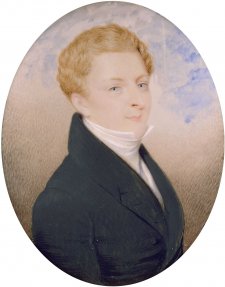
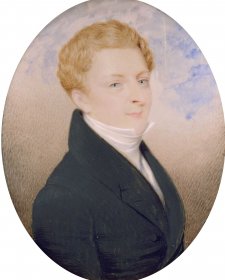
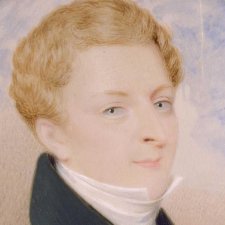
The acquisition of the ivory miniatures of Mortimer and Mrs Lewis.

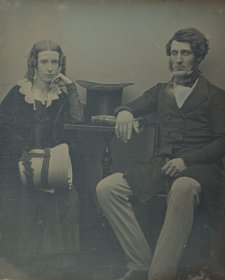
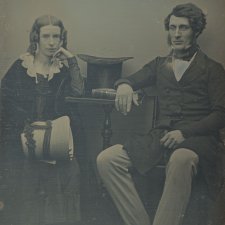
'I have just been to my dressing case to take a peep at you.